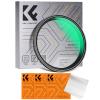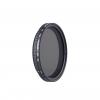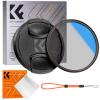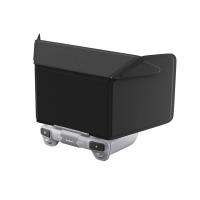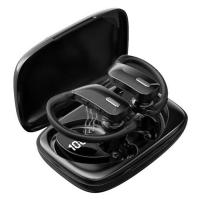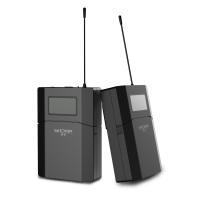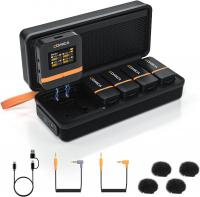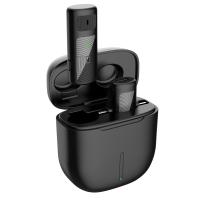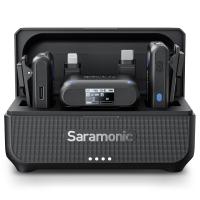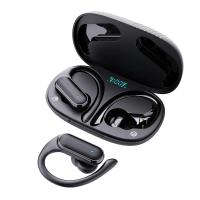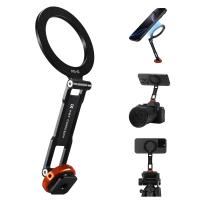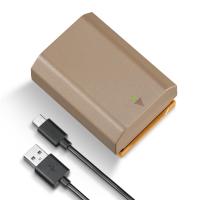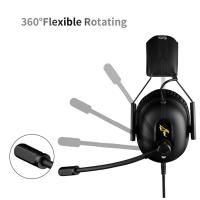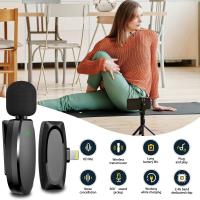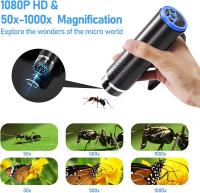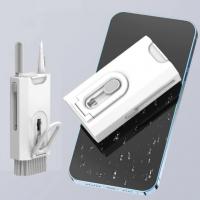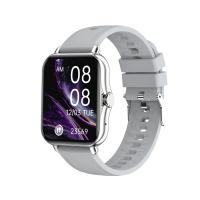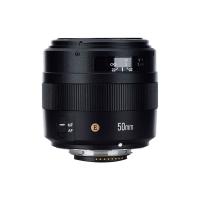How Test Microphone?
Testing a microphone is a crucial step to ensure that it functions correctly, whether for professional audio recording, live performances, or simple communication tasks. This article will guide you through the various methods and tools available for testing a microphone, addressing common issues, and providing practical solutions to ensure optimal performance.
Understanding the Basics of Microphone Testing

Before diving into the testing process, it's essential to understand the basic components and types of microphones. Microphones convert sound waves into electrical signals, which can then be amplified, recorded, or transmitted. The two most common types of microphones are dynamic and condenser microphones. Dynamic microphones are robust and suitable for live performances, while condenser microphones are more sensitive and often used in studio settings.
Step-by-Step Guide to Testing a Microphone

1. Initial Inspection
Before any technical testing, perform a visual inspection of the microphone and its components:
- Check the Cable and Connectors: Ensure that the cable is not frayed or damaged and that the connectors are clean and secure.
- Inspect the Microphone Body: Look for any physical damage or signs of wear that might affect performance.
- Verify Power Supply: For condenser microphones, ensure that the phantom power supply (usually 48V) is functioning correctly.
2. Basic Functionality Test
To perform a basic functionality test, follow these steps:
- Connect the Microphone: Plug the microphone into an audio interface, mixer, or computer.
- Open Audio Software: Use software like Audacity, GarageBand, or any Digital Audio Workstation (DAW) to monitor the microphone input.
- Test Sound Levels: Speak or sing into the microphone and observe the input levels on the software. Adjust the gain or input volume to ensure the levels are neither too low nor peaking (distorting).
3. Sound Quality Test
Testing the sound quality involves more detailed steps:
- Record a Sample: Record a short audio sample using the microphone. Speak, sing, or play an instrument to capture a range of frequencies.
- Playback and Analyze: Listen to the recording through high-quality headphones or studio monitors. Pay attention to clarity, presence of noise, and any distortions.
- Compare with Reference: If possible, compare the recording with a reference microphone known for its quality. This comparison can help identify any deficiencies in the microphone being tested.
4. Frequency Response Test
A frequency response test checks how well the microphone captures different frequencies:
- Use a Test Tone Generator: Software like Room EQ Wizard or online tone generators can produce test tones across the frequency spectrum.
- Record the Tones: Play and record these tones through the microphone.
- Analyze the Response: Use audio analysis software to visualize the frequency response. A flat response indicates accurate reproduction, while peaks or dips suggest coloration or deficiencies.
5. Noise and Interference Test
Microphones can pick up unwanted noise and interference, which can degrade audio quality:
- Check for Hum and Buzz: Ensure that the microphone and its connections are properly grounded. Hum or buzz often indicates grounding issues.
- Test in Different Environments: Move the microphone to different locations to identify any environmental noise or interference.
- Use a Pop Filter: For vocal recordings, a pop filter can reduce plosive sounds (like "p" and "b" sounds) that cause distortion.
Common Issues and Troubleshooting
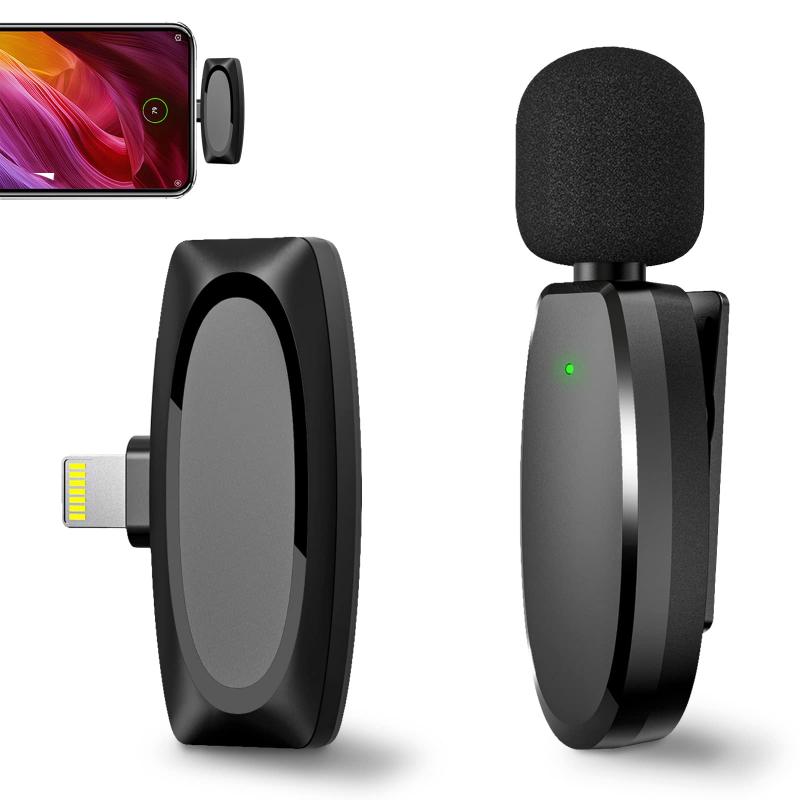
1. No Sound or Low Output
If the microphone produces no sound or has a very low output:
- Check Connections: Ensure all cables and connectors are securely plugged in.
- Verify Power Supply: For condenser microphones, check that phantom power is enabled.
- Test with Another Device: Connect the microphone to a different audio interface or mixer to rule out issues with the original device.
2. Distorted Sound
Distortion can occur due to various reasons:
- Adjust Gain Levels: Ensure the input gain is not set too high, causing clipping.
- Check for Overload: Some microphones have a pad switch to reduce sensitivity. Engage this switch if the sound source is very loud.
- Inspect the Diaphragm: Physical damage to the microphone diaphragm can cause distortion. If damaged, professional repair or replacement may be necessary.
3. Excessive Noise
Excessive noise can be a significant issue:
- Use Balanced Cables: Balanced XLR cables can reduce noise and interference.
- Isolate the Microphone: Use shock mounts and isolation pads to minimize vibrations and handling noise.
- Check for RF Interference: Ensure that the microphone and cables are not near sources of radio frequency interference, such as wireless routers or cell phones.
Advanced Testing Techniques
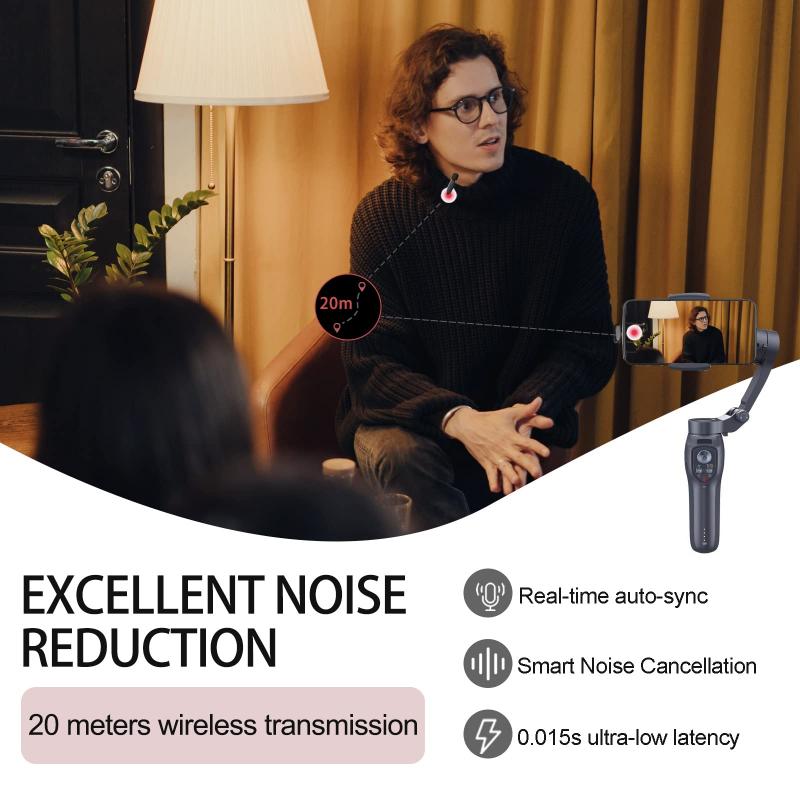
For professional applications, advanced testing techniques can provide more detailed insights into microphone performance:
1. Polar Pattern Test
Microphones have different polar patterns (e.g., cardioid, omnidirectional) that affect how they capture sound from various directions:
- Use a Rotating Sound Source: Place a sound source on a rotating platform and record the microphone's response at different angles.
- Analyze the Pattern: Visualize the polar pattern to ensure it matches the microphone's specifications.
2. Impedance Test
Impedance affects how the microphone interacts with different audio equipment:
- Use an Impedance Meter: Measure the microphone's impedance and compare it with the manufacturer's specifications.
- Check Compatibility: Ensure the microphone's impedance is compatible with the connected audio interface or mixer.
Testing a microphone is a multi-faceted process that involves both basic and advanced techniques to ensure optimal performance. By following the steps outlined in this article, you can identify and address common issues, ensuring that your microphone delivers the best possible sound quality. Whether you're a professional audio engineer, a musician, or someone who relies on clear communication, understanding how to test and troubleshoot a microphone is an invaluable skill.



